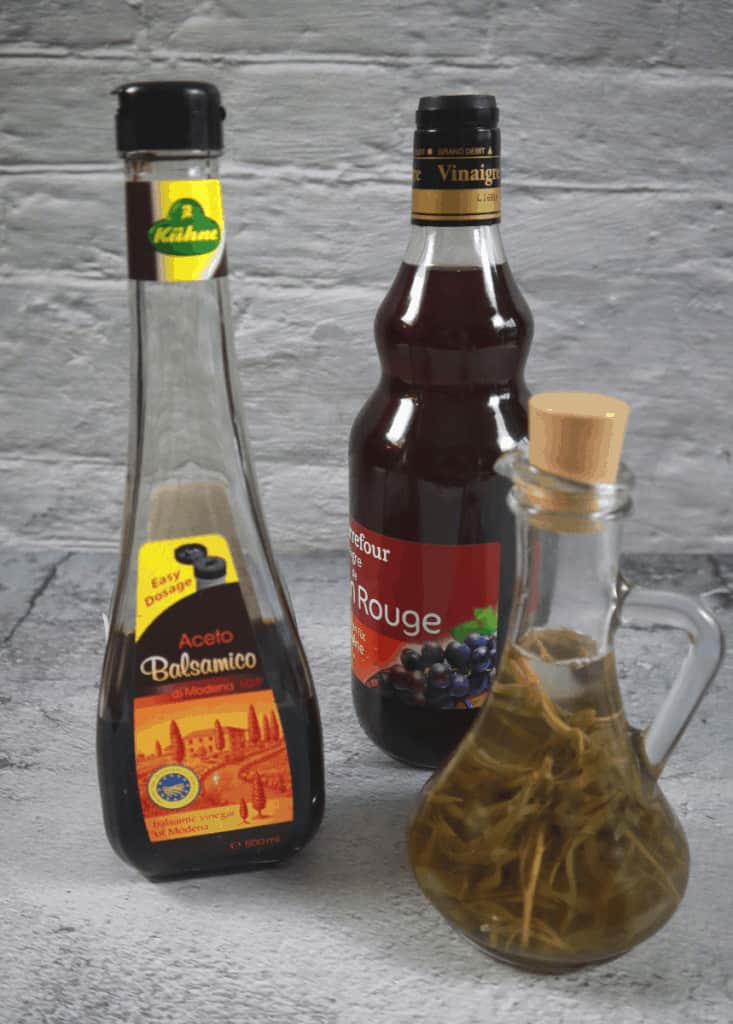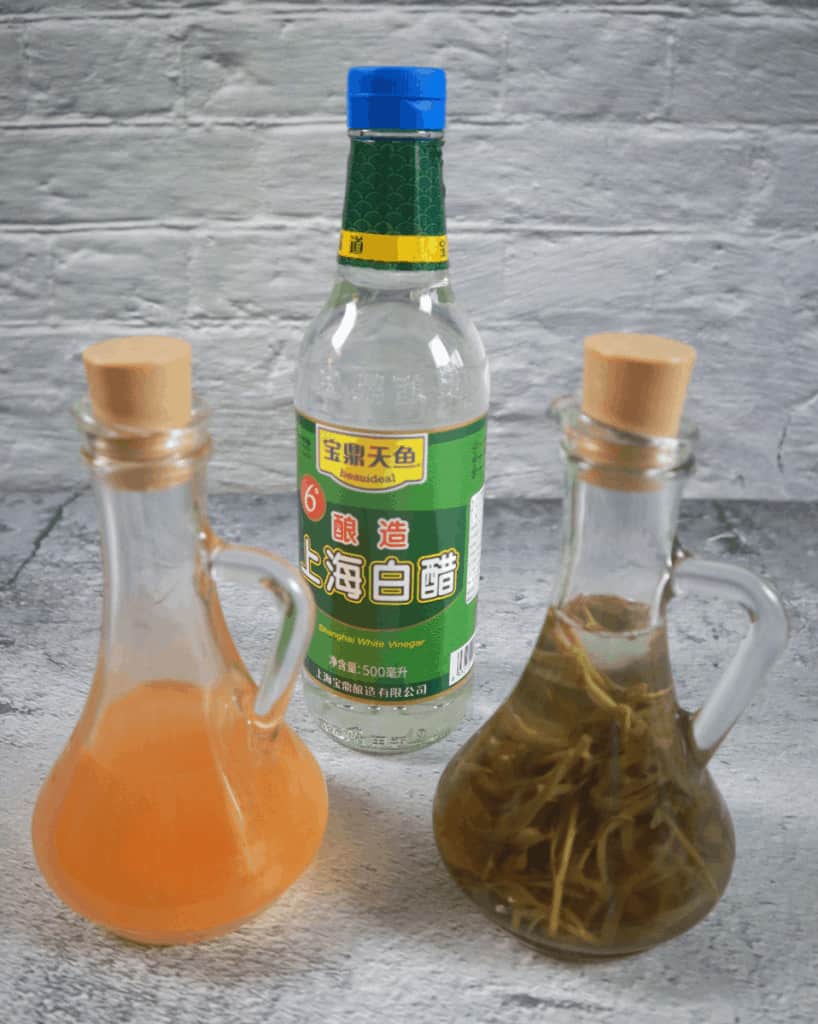The 5 most Common Vinegars for Cooking
While vinegar making may be as old as alcohol brewing, the first documented evidence of vinegar making and use was by the ancient Babylonians around 3000 BC. They primarily made vinegar from dates, figs, and beer and used it for both culinary and medicinal purposes.

The word vinegar arrived from the old French ‘vyn egre’ or ‘vin aigre’ which means sour wine.
They are used primarily to balance other flavours whilst adding other characteristics.
How is vinegar made?
Vinegars are produced either by a fast or a slow fermentation process of almost anything that contains natural sugars, from wine and beer to fruit. The introduction of yeast to the sugars produces alcohol, and subsequent introduction of bacteria through oxidizing or aging of that alcohol leads to acetic acid.
Health benefits of vinegar
Apple cider vinegar must be the most popular when it comes to health benefits. Although there are no official studies, it is said that this vinegar controls blood sugar, aids digestion,helps with weight management and reduces cholesterol.
All vinegars, besides malt vinegar and distilled vinegar, are gluten and soy-free, and suitable for special diets.
How to store vinegar
Keep the bottles tightly closed and store them in a dark, cool place. Good quality vinegars should last for up to a year after opening without losing their properties. Buying them in small quantities is a good choice and enables you to use them within the one-year time limit.
Commonly used vinegars
Some vinegars are great for pickling, flavouring marinades and others are indispensable for making sauces or for salad dressings. Most vinegars are regional products. Wine making countries produce wine vinegars, while beer brewing countries make malt vinegars and others make rice vinegars.
Wine vinegar

The quality depends on the quality of the red or white wine that is used. Each wine can produce its own vinegar, but they usually taste quite mild.
The perfect temperature to produce wine vinegar is at 21°C (70°F) which is only applied for very fine wine vinegars. They can be used when made or they can be aged for decades which will increase the price.
Most manufacturers raise the temperature to speed up the process. From Champagne to sherry vinegar and everything in between, the flavour will differ as well as the colours which may vary from deep red to warm caramel or pale yellow.
Red wine vinegar, white wine vinegar and the famous balsamic vinegars are all commonly used wine vinegars. They are best used for salad dressings.
Apple Cider vinegar

The method to make cider vinegar is similar to making wine vinegar. It can be made from apples or apple pulp and while it doesn’t taste of apples, it usually has a brownish colour and comes with a sharp and slightly sweet flavour.
It has gained in popularity over the last decade because of its health benefits from everything from digestive aid and weight control to use as a skin toner.
Malt vinegar
This type is made from malted barley and has a very strong flavour. It is usually colourless although sometimes caramel is added to produce brown malt vinegar.
It is a commonly used condiment for fish and chips and sometimes to pickle vegetables.
Rice vinegar

These are the milder flavoured vinegars, and they are often used in Asia and in particularly in Chinese and Japanese cuisine. As the name states, they are made from rice, and the taste varies from mild to sharp depending on the country it is produced. Often flavours are added to make different varieties. Spices, sesame seeds, ginger or horseradish are only a few to name.
Rice vinegar is a crucial ingredient to make sushi taste phenomenal, a dipping sauce with dumplings and it is also used in marinades, stir-fried dishes, and in salads.
Distilled vinegar

It is often called white vinegar and is a completely transparent liquid. It is by far the most versatile vinegar with a very strong flavour and taste even while containing 90% water.
It is commonly used in worldwide cuisines but only add small quantities to avoid overpowering flavours of a dish. It is a good basis to pickle or preserve products.
Distilled vinegar is also a natural, all purpose cleaner for everything from your kitchen floor to absorbing odours and to working as a softener when washing clothes.
Also read our recipes in which we use vinegars.